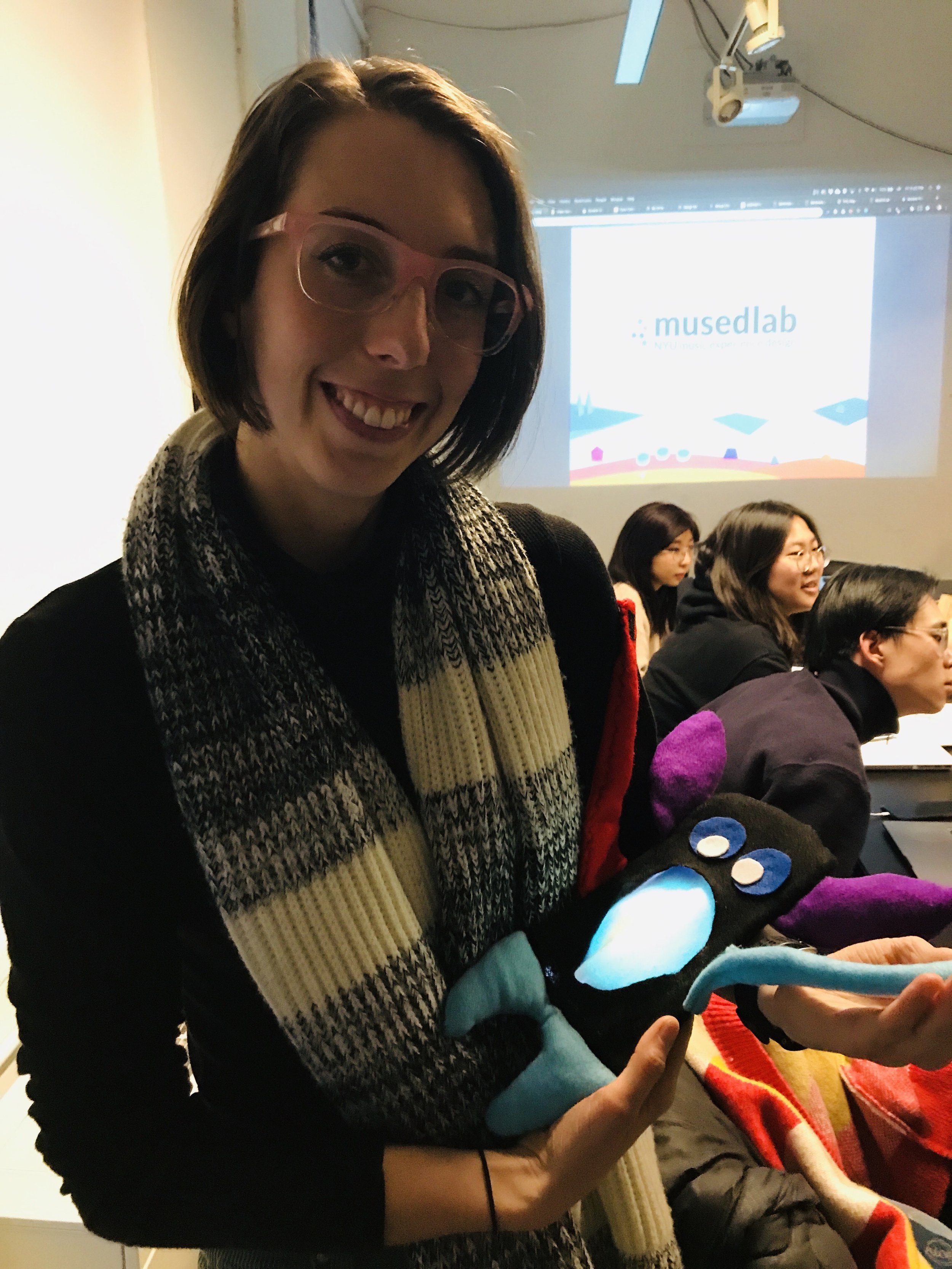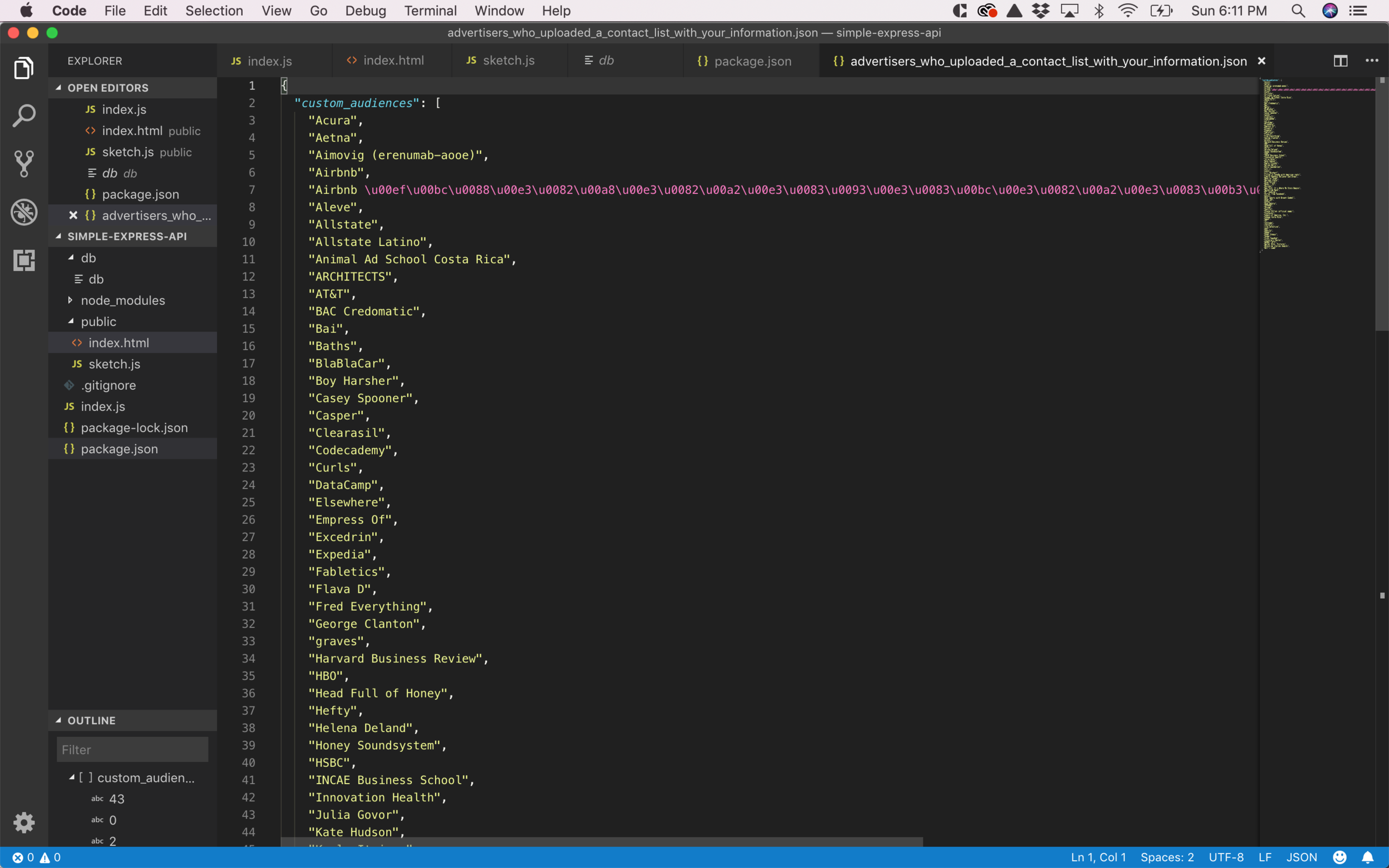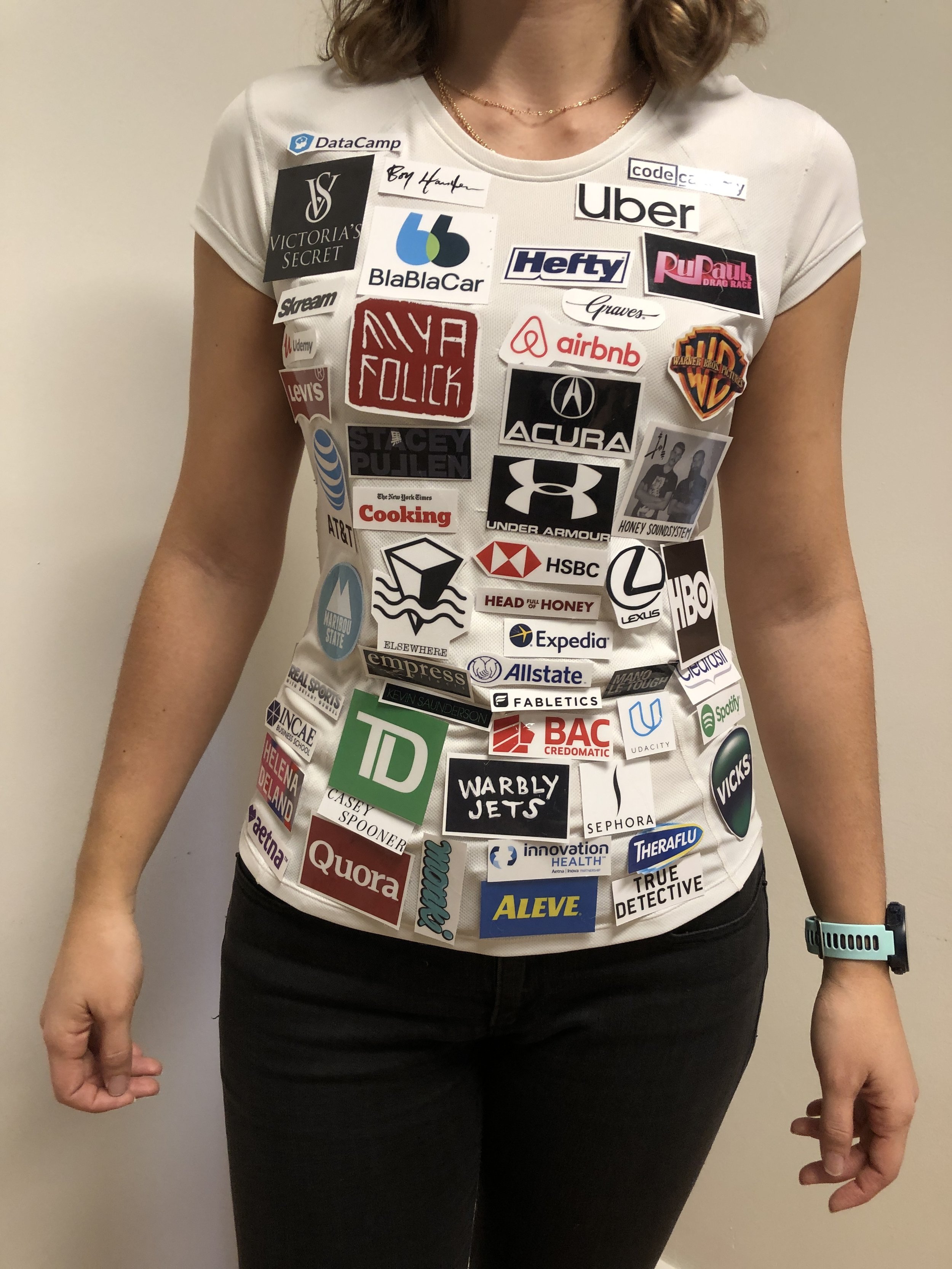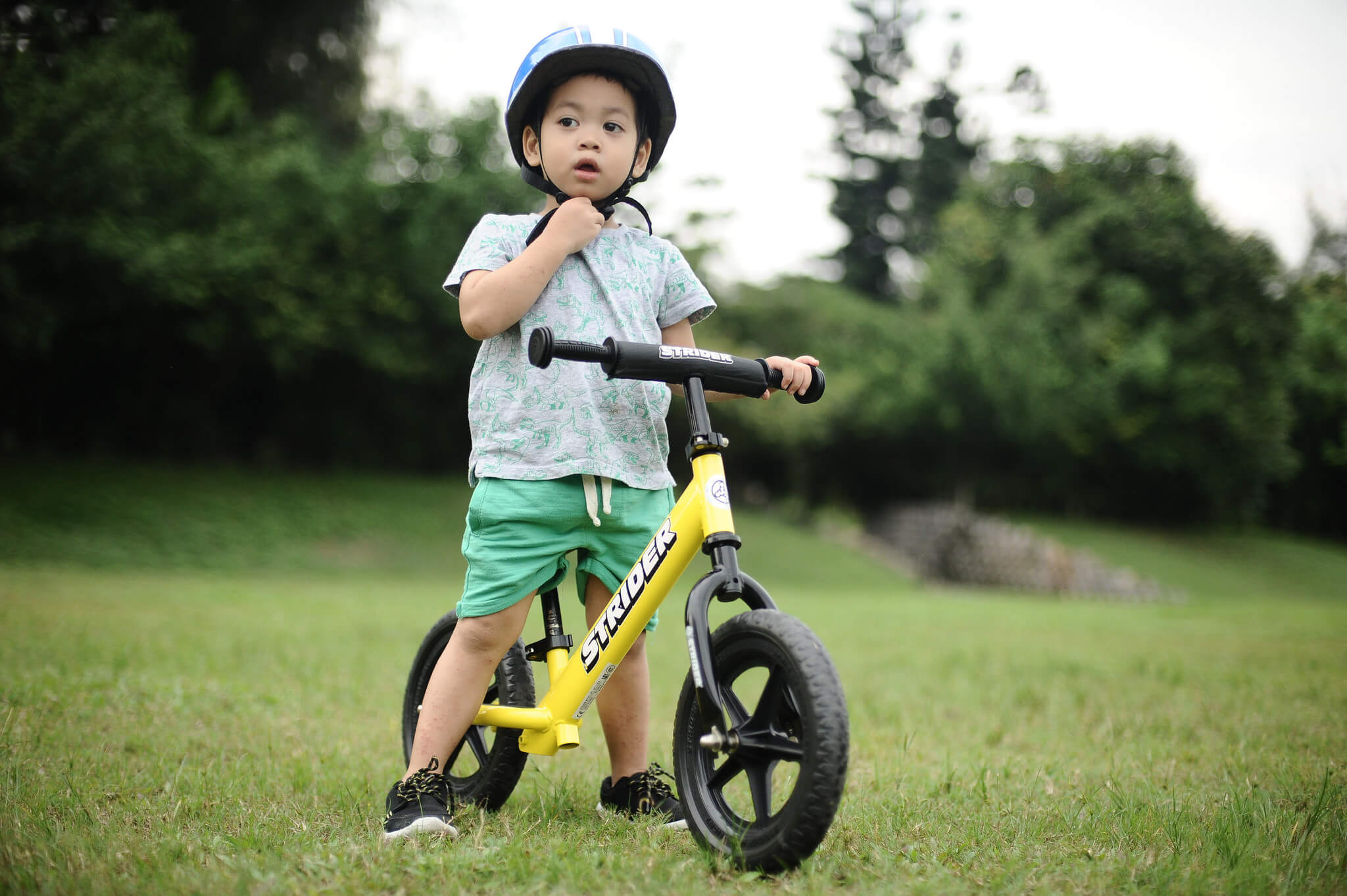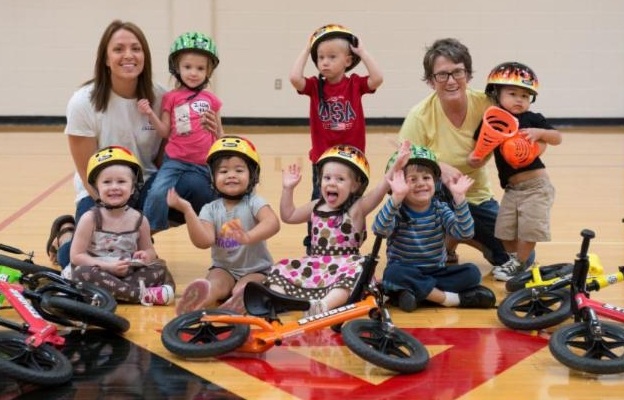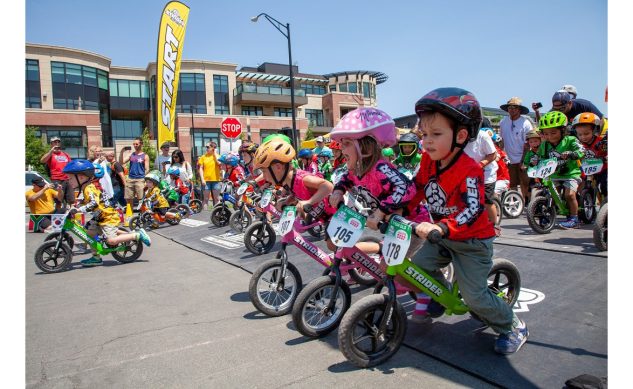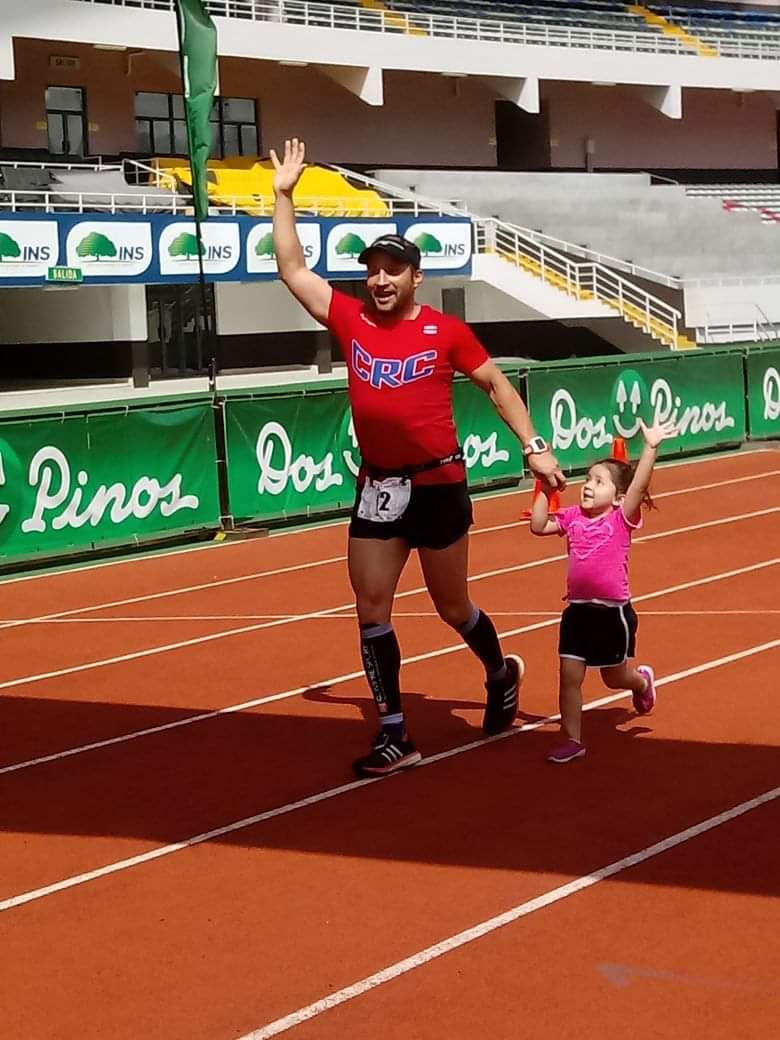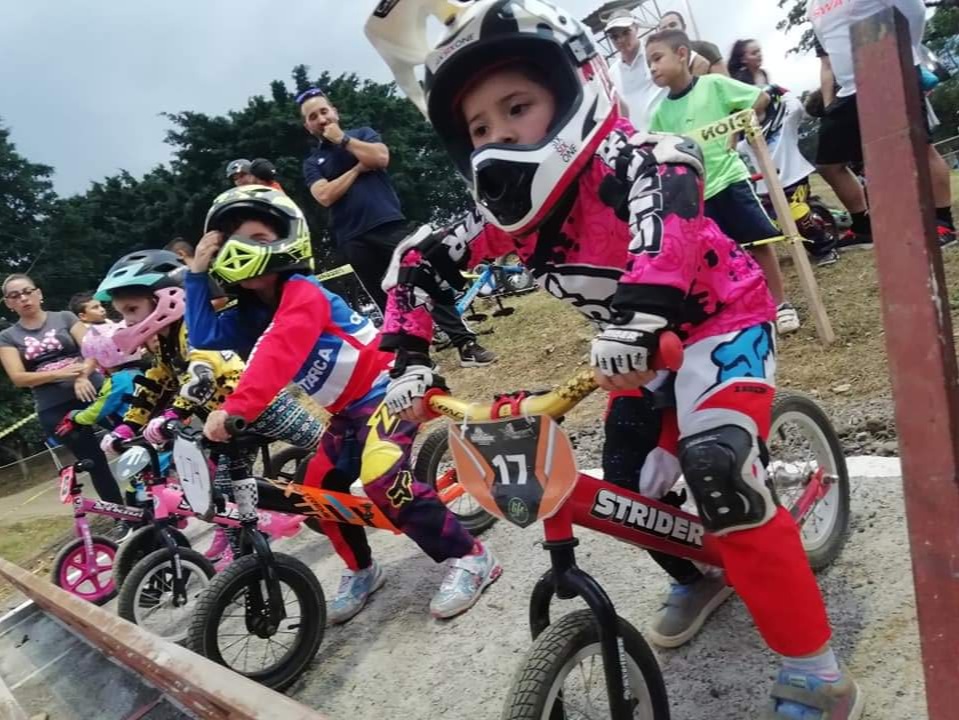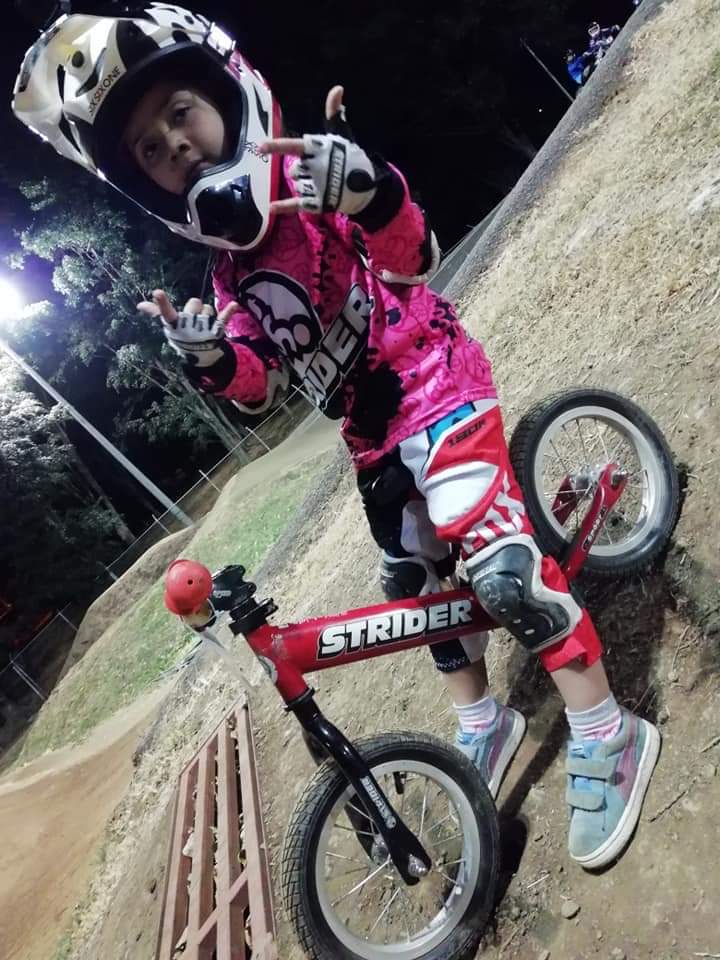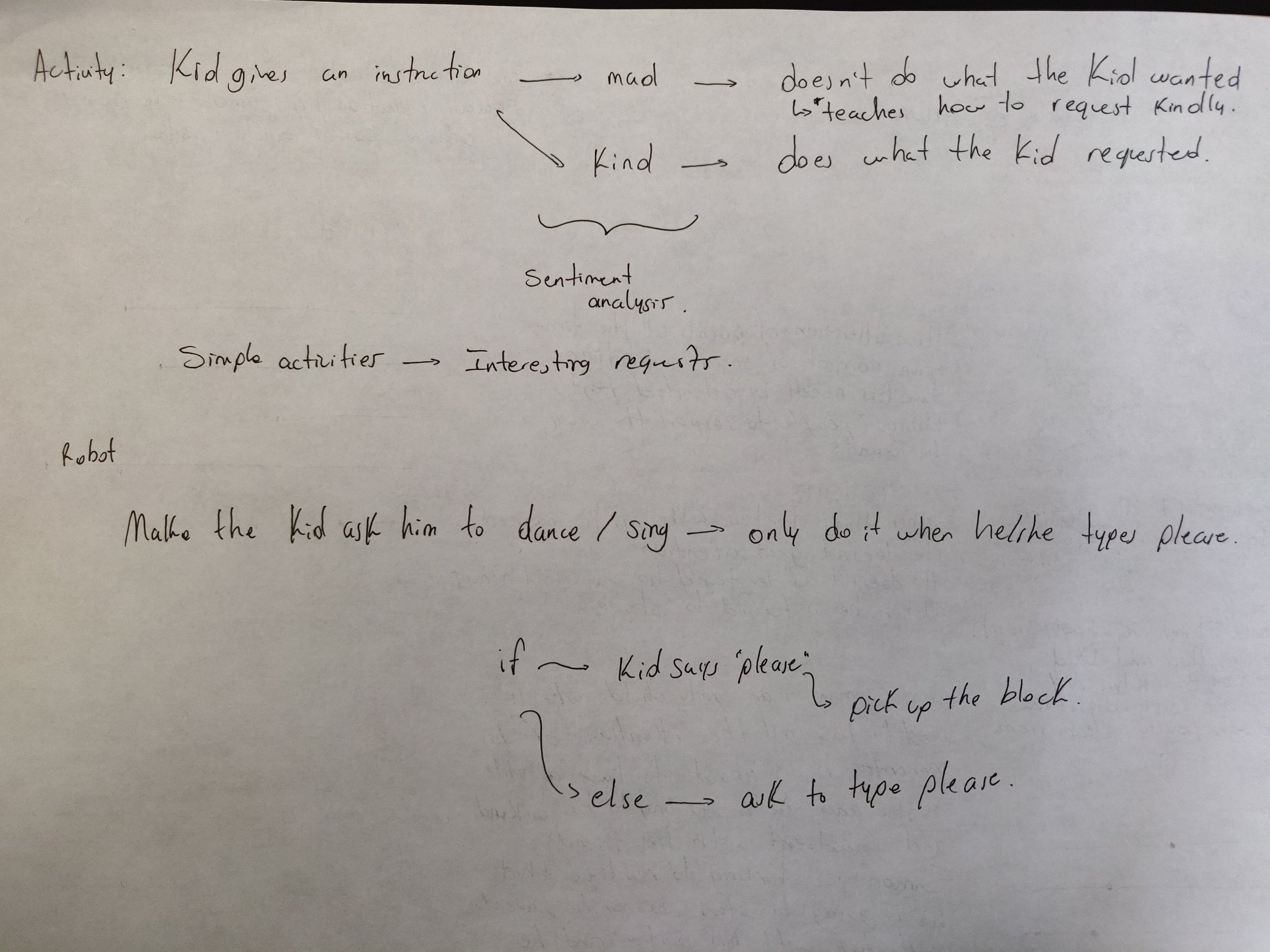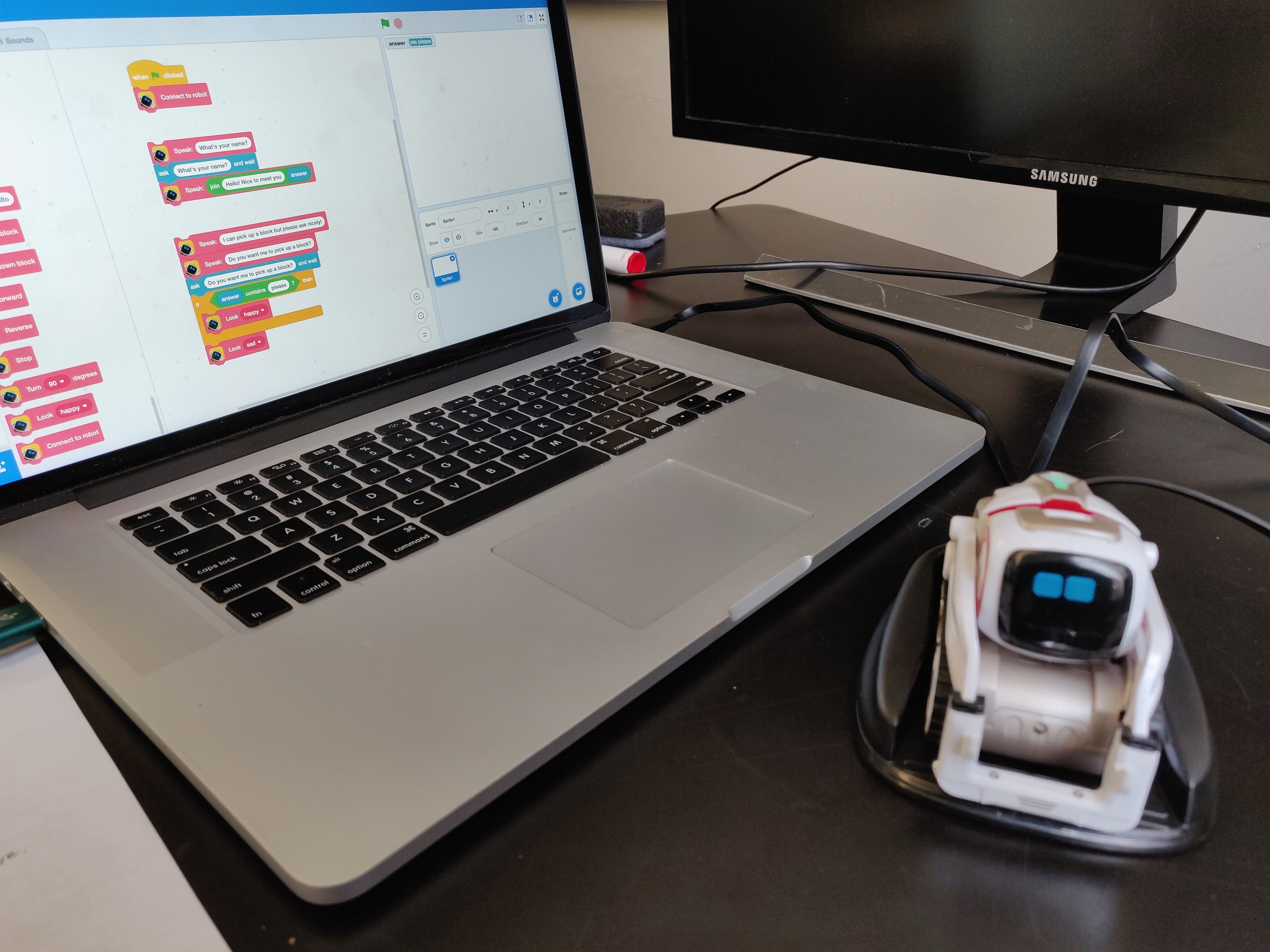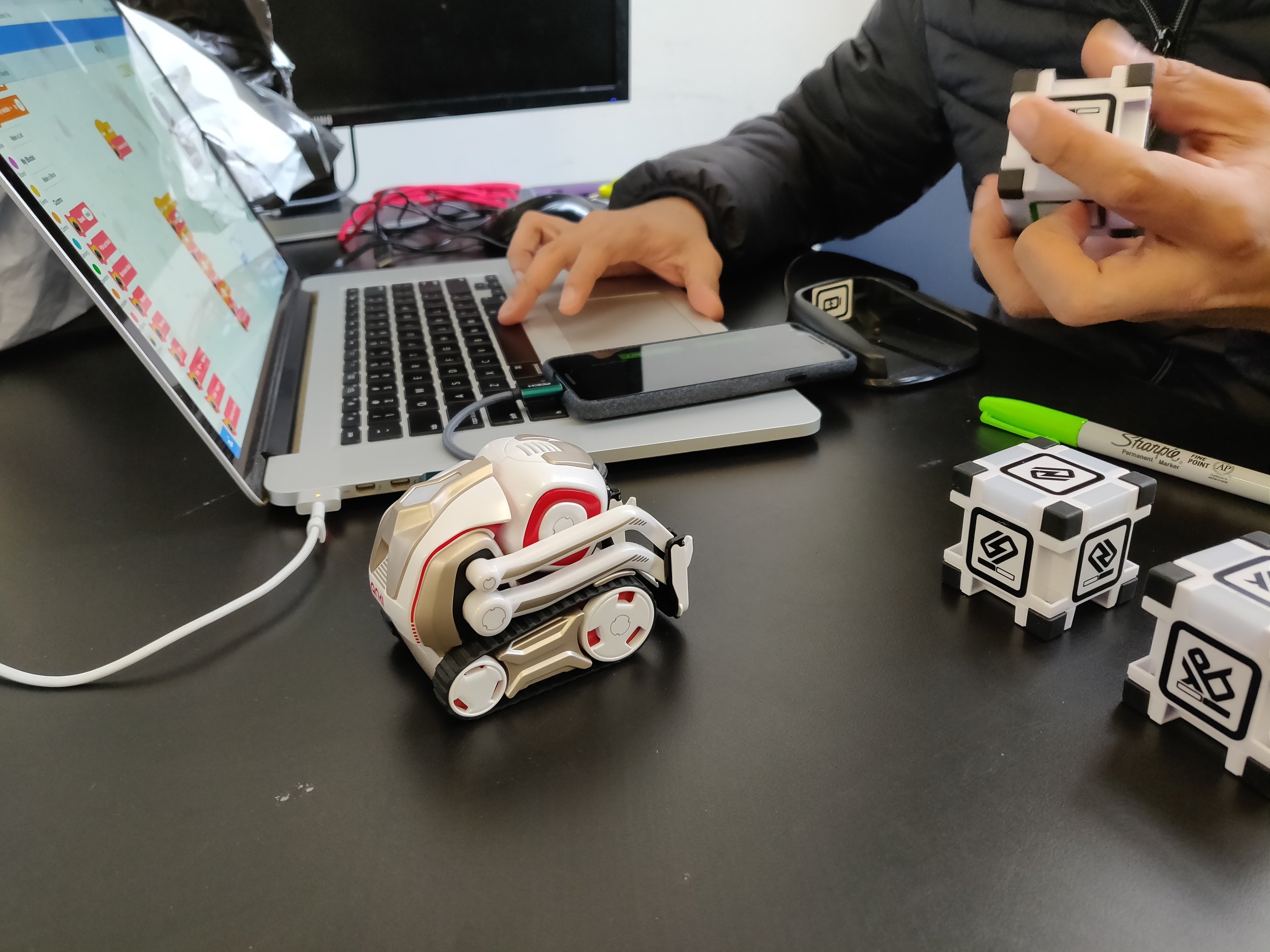This is a summary and reflection about the paper: Participatory design with children with autism (L Millen, S V G Cobb, H Patel) from VIRART, Human Factors Research Group, University of Nottingham.
Introduction
In the context of education there has been some discussion concerning the role that children can take to inform design of instructional technology. Some researchers have moved from concentrating solely on children’s involvement as design partners in the development of technology, to their role as “Experience Design Partners”.
The involvement of end-users directly in the design process can be useful to inform adequate design however, this process can be difficult, particularly when end-users have special needs that affect their ability to communicate their views. Individuals with Autism are rarely involved in educational software development and this might be one of the reasons why most of the products are inadequate.
This paper present methods used for participatory design with typically developing children and adaptations to these methods for children with autism spectrum conditions.
Participatory Design with Children
The activity Block Party involves the children building a tower together out of blocks in the virtual environment. This first study was performed with typically developing children from a mainstream primary school (2x10 y/o and 4x11 y/o). Kids were asked to perform three different Design Game Activities:
Tell us about the computer games you use and what you like about them.
Think about the computer games that you play at school and at home. What makes a good game?
In pairs, design a virtual game for a 12 y/o child who find it difficult to interact with others.
In summary the activities were fairly open-ended and students often had to be reminded of the overall aim of the computer game as their imagination took them in many directions. In some areas the activity was not constrained enough to gain information that could be directly fed back into concept elaboration.
Adaptation of participatory design methods for children with ASC.
Understanding User Needs: Children with autism has a series of cognitive considerations.
Limited language.
Poor imagination skills.
Rigidity of thought process.
“Theory of mind” When it is impossible to imagine another person’s mental state.
Learning difficulties, the level of ability and understanding may not be sufficient.
Adaptation of Method:
The freedom given to the typically developing students meant that they often forgot that the purpose of the game should be to encourage children to make friends. The task should be more constrained and with a structured environment in order to encourage students with autism to participate.
Prototype review with Autism:
A review session was carried out with five students (16 and 17 years old) with autism spectrum during the students weekly class by their teacher. It was decided that the review session must be carried out as a group activity and would only focus on the initial training stage of the activity.
A feedback sheet was given to the students containing screenshots from various stages of Block Party interaction. The students had to select between three different options:
Like
Dislike
Not Sure
The group played the training program by taking turns. The students were encouraged to give positive and negative feedback, knowing that there is no right or wrong answer. All of the students engaged very well with the activity.
Observations and outcomes:
Overall the method was very successful, sufficiently structured and supported by the teacher to meet the needs of students with Autism. One student struggled with a slight inconsistency between the screenshot on the worksheet and the actual view that the program had been paused at. The session did highlight the fact that children with autism often pick up on very small inconsistencies that could cause problems. with the help and support from an experienced teacher these occurrences can be effectively managed.
Scenario Design with Autism:
Although it is imperative that researchers approach these sessions organized and well prepared, there should always be an awareness that the method may need to change at short notice. The abilities of children with Autism varies a vast amount and therefore the method presented here may not be ability appropriate. It is important to always discuss and adapt plans with school contact prior to the visit.
Observations and outcomes:
The scenario design method was trialled with three students with autism aged 13 and 14 years over the course of two hours. The activity was supposed to last only one hour however the students were enjoying the activity and the supervising teacher asked if they could continue.
Initially, discussion was a little hard to generate but when presented with the drawing tasks the students became much more involved. One student in particular who is usually reluctant to engage in conversations was voicing extremely interesting ideas.
The use of personas had mixed results. When informed that the group would be designing the game for this fictional children kids reacted with: “But Why? They’re just on paper” and “ Are we going to meet them?”. The use of this tool needs further consideration.
The decision space for the student was still too vast and relied heavily on the student’s imagination. With the students struggling the researcher decided to take a break and drew sketches as an example. There was still reluctance to put pen to paper. The researcher offered to start the drawing and then the students suddenly started to take over the drawing. The students were motivated by their own drawings and this created a domino-like effect of ideas.
Conclussions
Involving users through the technology design process is important and useful. Achieving the involvement of children with autism requires careful consideration. Children with autism should not be excluded from the design process. Not only is this process beneficial for us as design team but it is also an important opportunity for the children where they are encouraged to voice their opinions.





